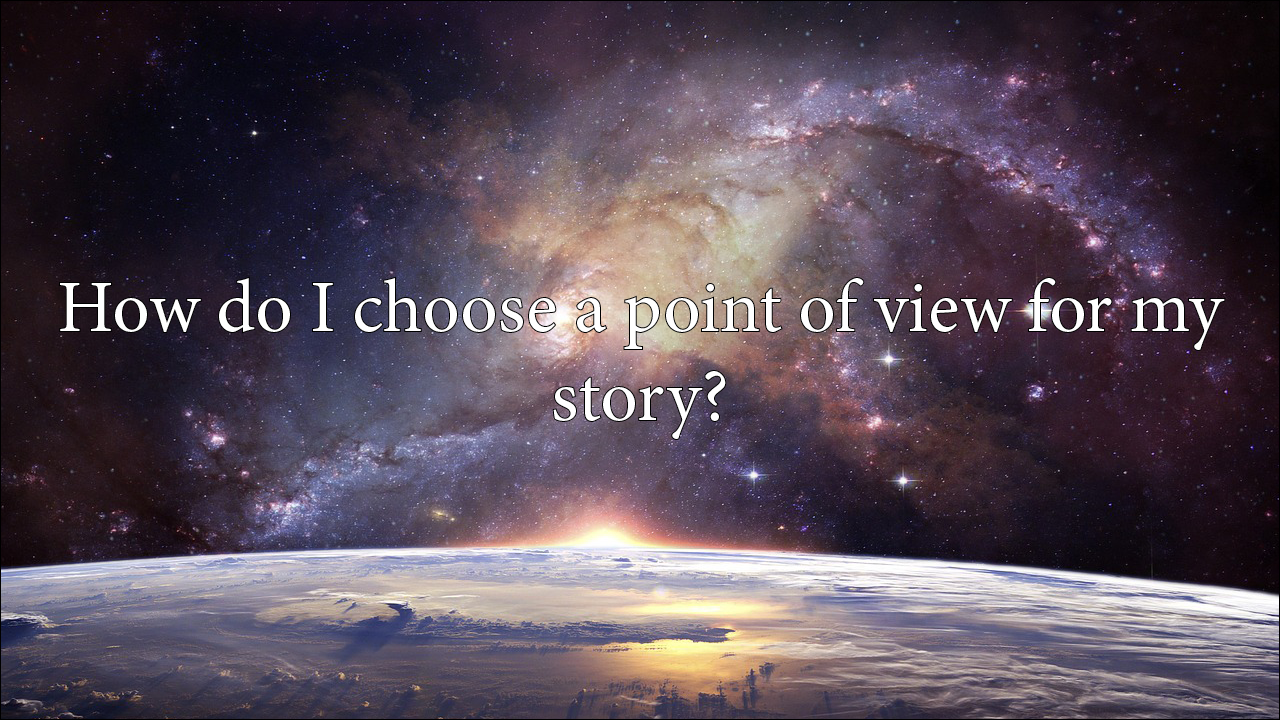Writing a compelling story is an art that demands careful consideration of numerous elements, and one of the most critical decisions you’ll make as a writer is choosing the appropriate point of view (POV). The point of view is the lens through which your readers experience your narrative, and it profoundly influences how they connect with your characters and storyline. In this comprehensive guide, we will explore the intricacies of selecting the right point of view for your story. Whether you’re a seasoned writer or a novice researcher looking to enhance your storytelling skills, this article will provide valuable insights into mastering this crucial aspect of storytelling.
Understanding Point of View
Point of view refers to the vantage point or perspective from which a story is narrated. It determines who is telling the story, and it greatly impacts the reader’s engagement with the narrative. There are several different points of view to choose from, each with its unique characteristics and implications for your storytelling:
- First Person (I/We): The narrator is a character within the story, using “I” or “we” to recount events. This POV offers a direct connection to the narrator’s thoughts and feelings.
- Second Person (You): The narrator speaks directly to the reader, using “you.” This is an uncommon choice in fiction but can create an immersive, participatory experience.
- Third Person Limited: The narrator is an observer who knows the thoughts and feelings of a single character, usually the protagonist. It allows for a more in-depth exploration of one character’s inner world.
- Third Person Omniscient: The narrator knows the thoughts, feelings, and experiences of all characters. This provides a broad perspective but can create a sense of detachment from individual characters.
- Objective/Third Person Objective: The narrator is a detached observer who only reports external actions and dialogue. It doesn’t delve into the characters’ thoughts or emotions.

Choosing the right point of view is a critical decision, as it shapes the entire narrative experience. Here are some frequently asked questions (FAQs) about selecting the appropriate point of view for your story:
FAQs: Choosing the Right Point of View
1. How do I determine which point of view is best for my story?
Selecting the right point of view depends on several factors. Consider the following:
- Character Perspective: Whose perspective is most crucial to your story? If you want readers to connect deeply with a particular character, first-person or third-person limited may be best.
- Narrative Distance: Do you want the narrator to be intimately connected to the characters’ thoughts and emotions (first-person or third-person limited) or more distant and impartial (third-person omniscient or objective)?
- Tone and Mood: Consider the tone you want to convey. First-person can provide a personal and emotional tone, while third-person objective can create a more detached, observational mood.
- Plot Complexity: A complex plot with multiple characters and subplots might benefit from a third-person omniscient narrator to provide a comprehensive view.
2. Can I switch between different points of view in my story?
Yes, it’s possible to use multiple points of view within a single story, but it should be done thoughtfully. Frequent shifts can be disorienting for readers, so make sure it enhances the narrative rather than causing confusion.
3. Are there any genres that work better with specific points of view?
While there are no strict rules, certain genres tend to favor particular points of view. For example, first-person narration is common in memoirs, autobiographies, and personal essays, while third-person limited or omniscient are often used in epic fantasy or science fiction.
4. What are the advantages and disadvantages of second-person point of view?
Second-person POV is unconventional and can be challenging to sustain for an entire novel. However, when used effectively, it can create a unique and engaging reader experience, making them feel directly involved in the story.
5. How do I maintain consistency with my chosen point of view?
Consistency is crucial to avoid confusing your readers. Establish clear boundaries for your chosen POV, and stick to them throughout your narrative. Avoid “head-hopping” where you suddenly switch from one character’s thoughts to another within the same scene.
Selecting the right point of view is a crucial decision that shapes how your readers engage with your story. It’s a choice that requires careful consideration of your narrative goals, characters, and the overall tone you wish to convey. By understanding the various points of view and considering the FAQs provided, you can make an informed decision that will enhance the impact and effectiveness of your storytelling.
In the world of research, where clear communication is paramount, mastering the art of choosing the right point of view can make your findings and insights more accessible and engaging to a broader audience.
So, whether you’re crafting a novel, a research paper, or any form of written communication, remember that the point of view you choose is your narrative compass, guiding your readers on a journey through your story.
Unleash your creativity and enhance your fiction writing skills with our expert guidance at Creative Writing and Writers. Discover the intricacies of characterization, dialogue, and more. Begin your journey today at https://www.creativewritingandwriters.com/writing-fiction/ and explore our site at https://www.creativewritingandwriters.com/.







